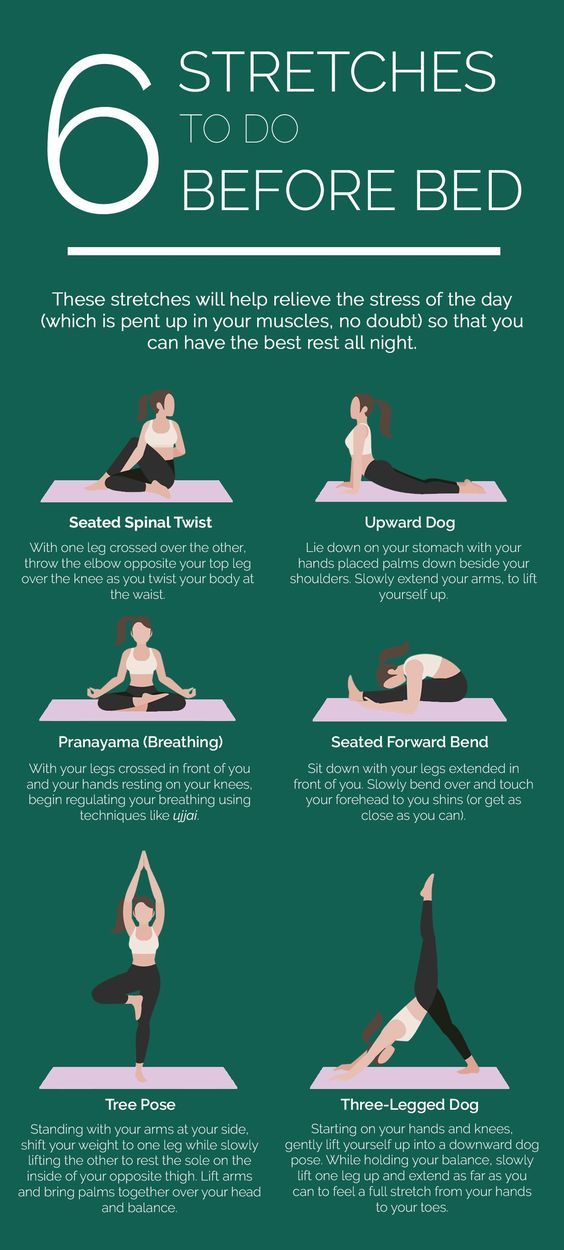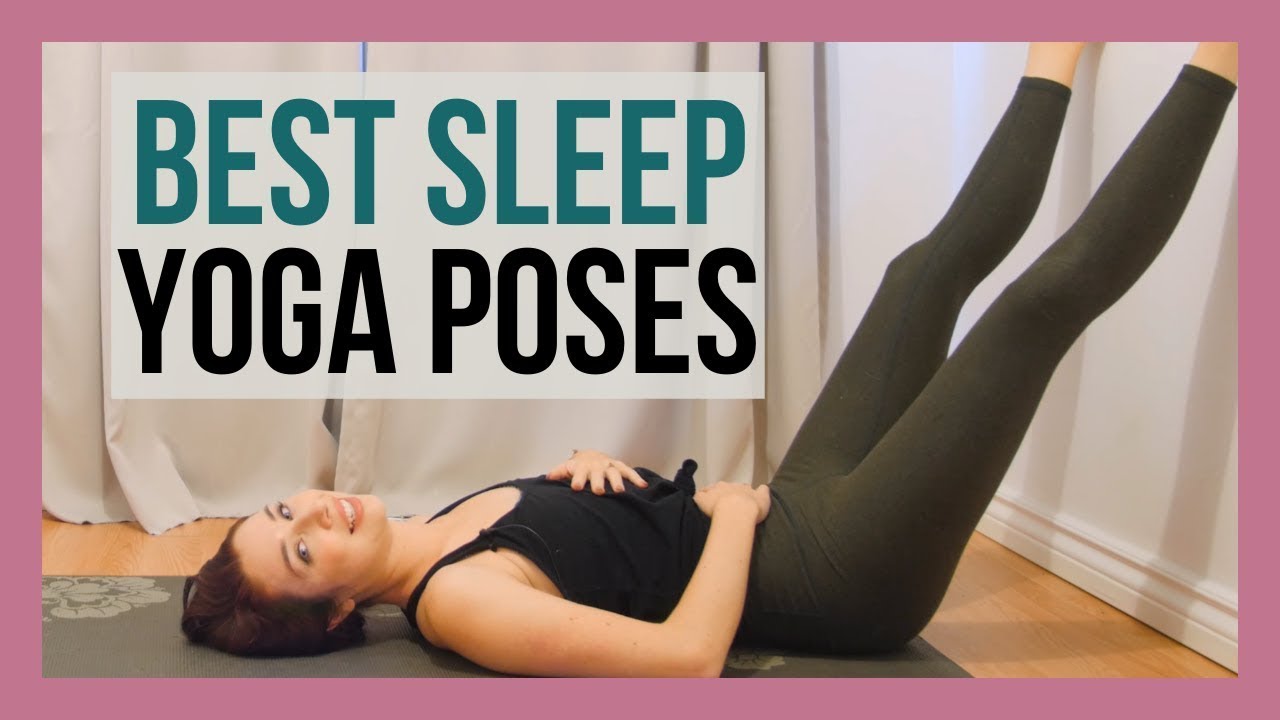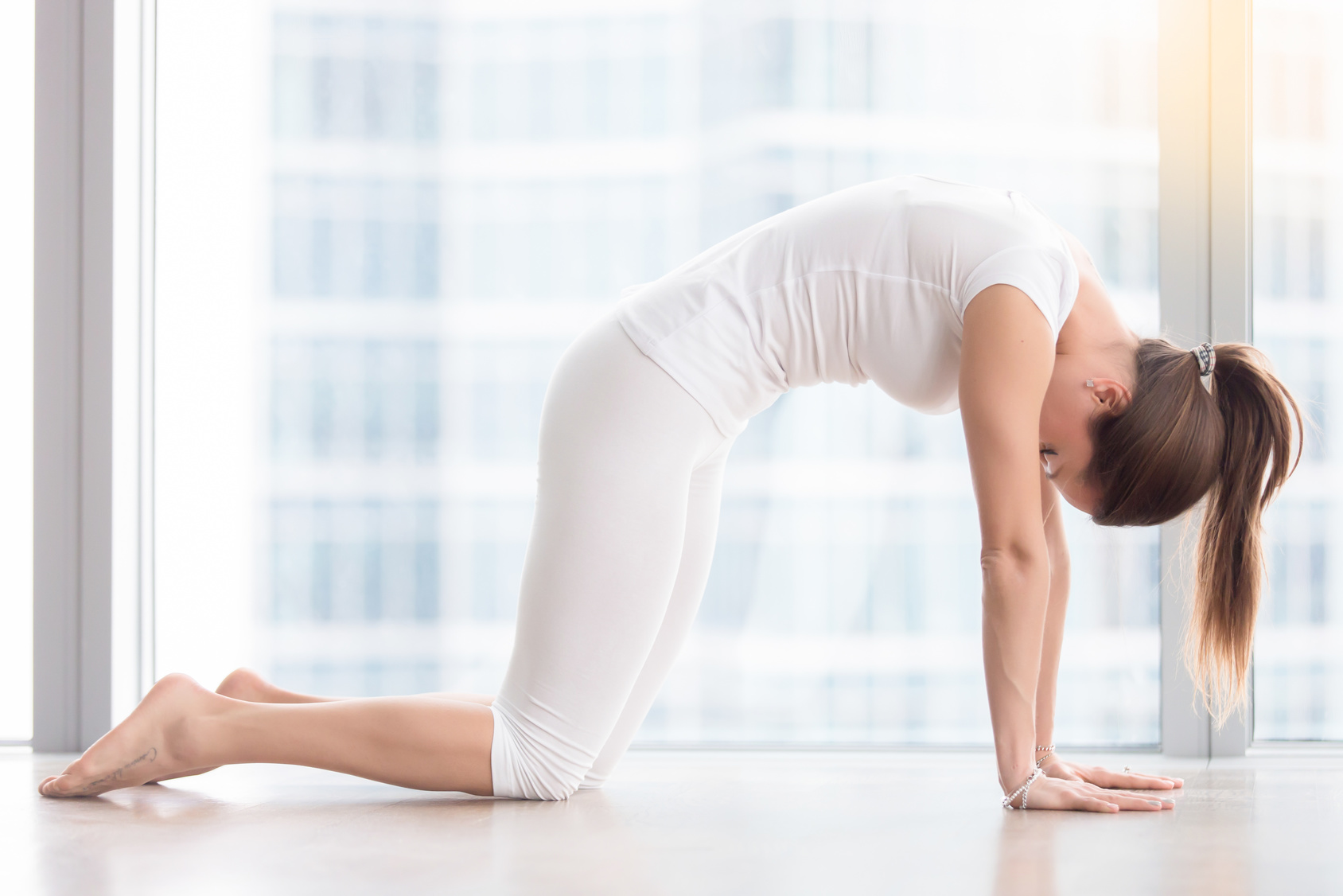
Using eye yoga can help you to improve your vision and increase the strength of your eye muscles. It can reduce your risk of eye disease and eye strain. The exercises do not replace professional medical advice. Before starting any new exercise program, it is important to consult your eye doctor. Eye yoga may be able to help you rebuild your eye strength after cataract surgery.
You can choose to do the exercises with your eyes shut or open. First, sit comfortably. Next, open your eyes slowly and slowly for three minutes. Next, place an object approximately 20 feet from you. After focusing on the object, close your eyes for three more seconds. The goal of this exercise is to retrain your eyes' ability to focus. To focus on close objects, the ciliary muscles contract and then relax to focus on distant objects.
Palming is another exercise. Palming can help you relax and focus your eyes on objects. Palming involves placing your hands over your eyes. You should press down hard enough not to hurt your eyes. If you find this exercise uncomfortable, you can start by massaging your eyes gently. You can gradually increase the pressure until you feel more comfortable. This exercise should be completed in no more than five minutes.

Before performing these exercises, contact lenses should be avoided. You should not perform these exercises if your eyes are dry or have glaucoma. Your optometrist will still give you instructions. If you are taking prescription glasses or contact lenses, it is a good idea to have them removed before doing these exercises.
The 20-20-20 rule can help you focus your eyes on distant objects. This requires you to concentrate on an object less than 20 feet away. While looking at the object, your eyes should be focused on the corner of your eyebrow. If you have trouble focusing, you can look at something else. A pencil or finger can be used to help you focus.
For people with dry eyes, chronic strain or eye refraction issues, eye yoga is not recommended. These exercises do not address the cause of these conditions. They are a form of eye relaxation therapy, and are not a substitute for medical advice. It is important that you keep track any changes in vision and schedule regular eye examinations. This will allow you to spot potential problems before they become serious.
Eye yoga has many benefits, including reduced eye strain, increased eye flexibility and a more flexible, healthier face. It can be an excellent way to prevent or treat eye diseases. In addition, if you are experiencing eye strain, eye yoga exercises may help you to relax and reduce your stress.

You have a wide range of options to improve your visual ability, depending on your specific needs. Some exercises can be performed while your eyes are closed, while others require your eyes to be open. You can expect to reap many benefits no matter which exercise you choose.
FAQ
What's the time commitment to learn yoga?
Yoga is a lifelong process that requires dedication, patience, and perseverance. The truth is that everyone has his/her own pace when learning new things.
It doesn't matter how old or young you are. With enough commitment and hard work, you can master any yoga routine.
Which type of yoga is best?
Beginners can get lost in the variety of styles and poses that yoga offers.
Hatha Yoga, which emphasizes physical fitness and stretching, is the most popular form of yoga. It can help you relax and improve your concentration.
Kundalini Yoga also has a popular style. It involves breathing techniques and meditation. You can reap many health benefits from this practice, such as increased flexibility, balance and strength.
Yin Yoga is another option that beginners can try if they want to relax and calm their minds. Yin Yoga focuses heavily on the ability to hold poses or positions for longer periods.
Is yoga a sweaty sport?
This depends on which style of yoga is being practiced. Vinyasa flow or power yoga involves a lot more jumping, twisting, turning and turning. This makes it common for people who practice to sweat heavily.
Hatha Yoga, by contrast, emphasizes forwarding bends as well as twists. Since these poses aren’t strenuous, most practitioners won’t feel heavy sweating.
What is the average time it takes to learn yoga?
You must learn how to do yoga correctly, just like any other skill. However, once you know the basics, you can easily practice yoga at home.
Warm ups should take between 20-30 mins to get you started. You can then spend 5-10 min warming up by doing simple stretches. You can then progress to more difficult poses.
Once you've mastered the basics, you can move on to intermediate classes, where you'll learn more advanced moves. For example, if you're learning yoga for the first time, you might start with standing poses like the Tree (Vrksasana) and Mountain (Tadasana).
What foods should I avoid after practicing yoga?
Some foods may cause you to lose energy. It can also make you feel bloated, or cause stomach cramps. You may feel tired after practice.
How long should a Yoga session last?
Yoga sessions generally last 45 minutes to one hour. The type of Yoga you are practicing will impact the length of your yoga session. If you want to focus on strength-building exercises, 45-60 minutes would probably be sufficient. An hour or more may be necessary if you want to meditate or relax.
The length of your class also depends on which kind of yoga class it is. Some classes emphasize fast, intense movements while others are slow and deep.
Are 20 minutes of daily yoga enough?
Yoga should be more than just a means of exercising. It should also be used as a tool for self-discovery. It is a time to look at your life and reflect on how it has changed.
My friend introduced me to yoga a few years back. He had been practicing it for many decades. He said that he practiced yoga 20 minutes each day, which made him feel calmer and more relaxed throughout the day.
It made a huge difference in my overall health and well-being. I have continued to practice yoga regularly since then and find that it helps me relax and focus when working at my desk.
Find what works for you, and then set realistic goals. If yoga isn't helping you reach your goals, it doesn't mean that you have to do it every day.
Statistics
- Lock in 25% off your Founding Member rate. (corepoweryoga.com)
- Gentle yoga has been shown to ease some of the discomforts of tender, swollen joints for people with arthritis, according to a Johns Hopkins review of 11 recent studies. (hopkinsmedicine.org)
- Start your Fall off right with 20% off All Access Membership when you sign up by 9/25! (corepoweryoga.com)
- According to calorie estimates calculated at Harvard Medical School, the average 125-pound person burns about 120 calories in a half hour of hatha yoga, and a 185-pound person burns about 178 calories in that half hour. (everydayhealth.com)
- According to the Agency for Healthcare Research and Quality, falls are incredibly common among older adults in nursing facilities. Even the simplest ones can increase the risk of death (24). (healthline.com)
External Links
How To
Where is the best spot to practice yoga?
There is no one right way to do yoga. Everybody is unique. You only need to know which positions feel comfortable for you.
Here are some examples of common postures:
Standing poses - Standing poses are suitable for beginners because they allow you to see how your body looks from different angles. They allow you to focus more on your breathing.
Forward bends - Forward bends are often used to open up tight areas of the body. They can be used while lying down or sitting.
Backbends – Backbends are considered to be advanced poses. Your instructor will be able to help you if you are interested in trying one.
Inversions-Inversions are a pose that requires you to balance your body upside down. This type of yoga can be challenging but rewarding.